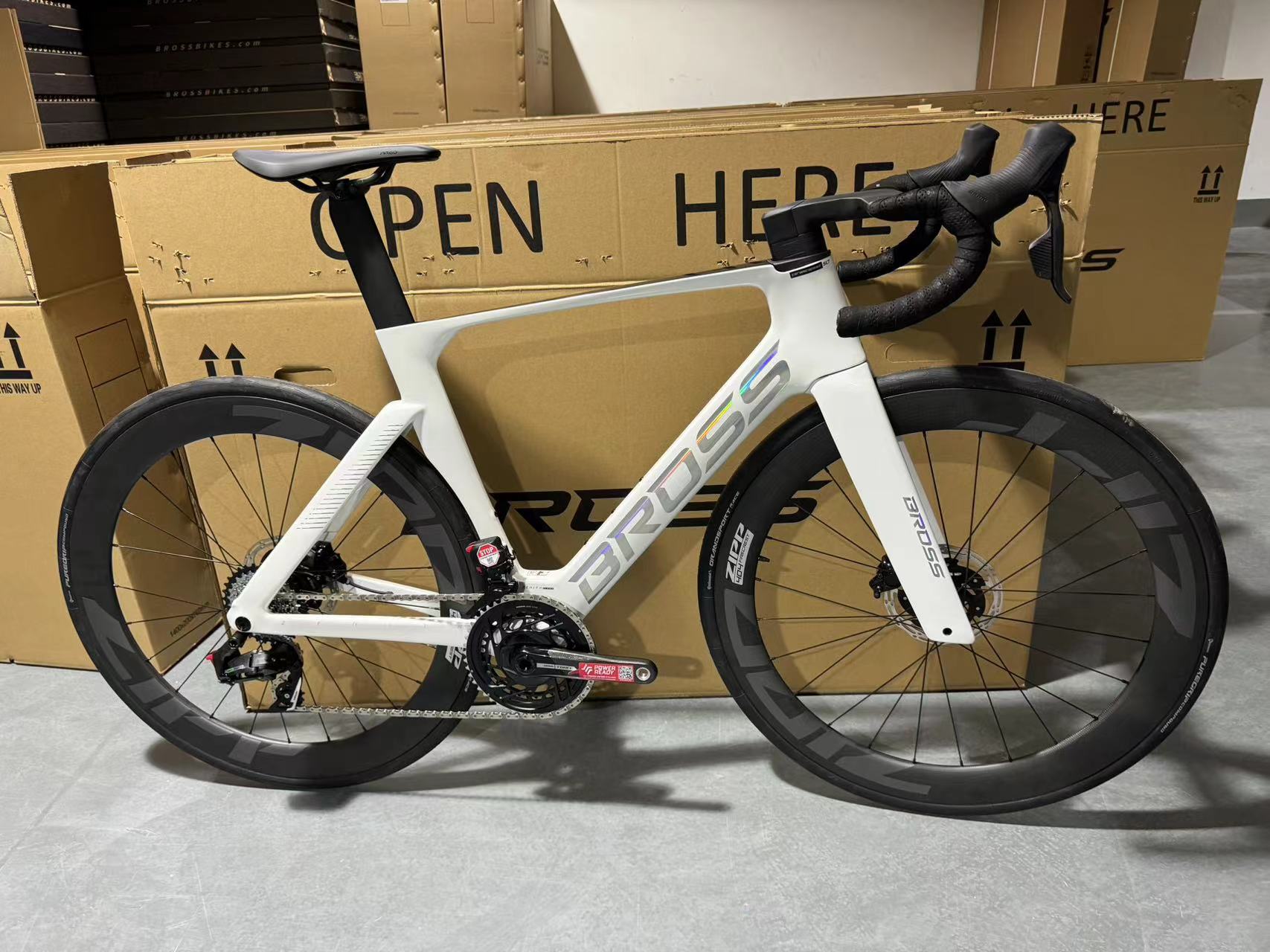The Importance Of Selecting Packaging For Bicycles
When exporting a full bicycle overseas, packaging isn’t just about protection—it’s a logistical puzzle demanding precision. When selecting packaging for bicycles, the choice should prioritize protection, cost-efficiency, and logistical practicality.
Targeted Guide On Optimal Packaging Solutions
Sea/Air Freight (Long-Distance Shipping):
Textile Covers: Reusable polyester or nylon bike bags for showroom deliveries, adding a layer of scratch protection without bulk.
Industrial-Grade Corrugated Boxes: Double-walled (E-flute + B-flute) with reinforced corners to withstand stacking pressures. Example: 32ECT (Edge Crush Test) rated boxes for 50+ kg load capacity.
Custom Foam Inserts: Pre-molded EPS or EPE foam that contours to the frame, fork, and wheels—reducing movement during transit. Critical for carbon frames to prevent stress fractures.
VCI Film & Desiccants: Volatile corrosion inhibitor film for metal components, paired with silica gel packs (100g per cubic meter) to combat humidity in sea containers.
Land Transport (Regional Distribution):
Single-Wall Cardboard Boxes: Lighter weight for shorter hauls, combined with air cushion wraps for quick impact absorption.
Conclusion
Packaging in bike export isn’t an afterthought; it’s the silent ambassador between factory and customer. Get it right, and the only thing the buyer remembers is the bike’s perfection—not the box it came in.



